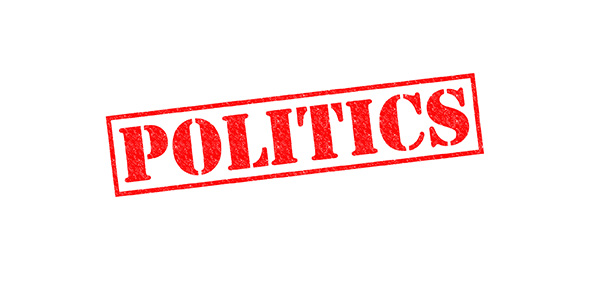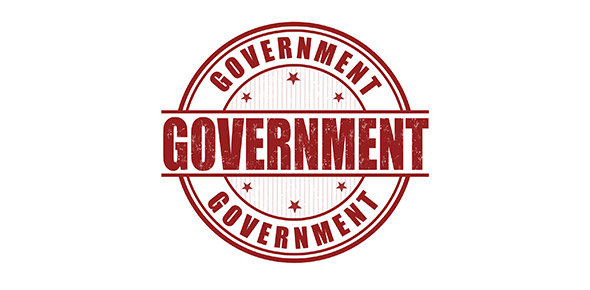Related Flashcards
Related Topics
Cards In This Set
| Front | Back |
|
What is involve in Electoral Participation?
|
- Expansion of franchise
- Obstacle to voting |
|
what defines expansion of franchise?
|
Suffrage - the right to vote
|
|
what are the obstacle of voting?
|
- institutional rules (systematic reasons for lower turn out than other developed democracies)
- Registration Rules - Time of election - Frequency of Elections - Majoritarian Electoral System |
|
what are the demographic characteristics i political participation?
|
Age, Generation, Education, Income, Occupation, Residential contex, Sex, Participation level, Socialization, Race & Ethnicity
|
|
what is antony downs theory and what year?
|
(1957)
V=PB - C |
|
What is rikerd ordeshook own theory and what year ?
|
(1968)
V=PB - C + D |
|
What does V,P,B,C,D, stand for?
|
V= lieklihood the individual wil vote
P= probability of individuals vote mattering B= benefit gained from electoral outcome C= the cost of voting D= civic duty |
|
What determins voters choice?
|
Party attachment
Candidate evaluations Issues |
|
How do voters vote based on party attachment?
|
- candidates choose candidates from thier own party, assuming that they are relatively close to their issue position.
- voters rely heavily on party attachment in making their decisions - and also because it reduces the cost of voting |
|
Where dose party attachment come from?
|
- primarily through political socialization
(2/3 of the popilation has the same party attachment pf their parents) - it is relatated to socio-economic status (SES) party attachment precedes cognition psychological attachment gains strenght overtime - through retrospective partisans some people keep a running tally " of (retrospective evaluations of the two parties, which they use to determine their party attachment.) |
|
What are the three ways people vote based on candidate evaluation?
|
- prospective and retrospective evaluations
- trait evaluations and affect - affect attitudes towards candidates |
|
Define Prospective and Retrospective Evaluation
|
Voters baise their vote choice on what they think a candidate will do in the future (prospective evaluation)
or what they have done in the past (retrospective evaluation) |
|
Between prospective and retrospective evaluation which one is mostly used and why?
|
Retrospective is mostly use (especially with incumbents) because they are easier.
there are two types of retrospective evaluation. |
|
what are the two types of retrospective evauation and what do they mean?
|
SRE(simple retrospective evaluation) - simple evaluation of candidates past performance.
MRE(mediated retrospective evaluations) - evaluations of a candidates performance which are mediated one's own partisanse predispositions |
|
Define Trait evaluations
|
Voters are influenced by how well they think candidates adhere to "ideal" leader traits- ex. Honesty, integrity, hard working, strong leader, compassionate, etc)
the extend to which voters believe candidates posses these traits inlfluences whether they vote for them. |





